Faisal Ghaffar
Controlling Traffic with Humanoid Social Robot
Apr 08, 2022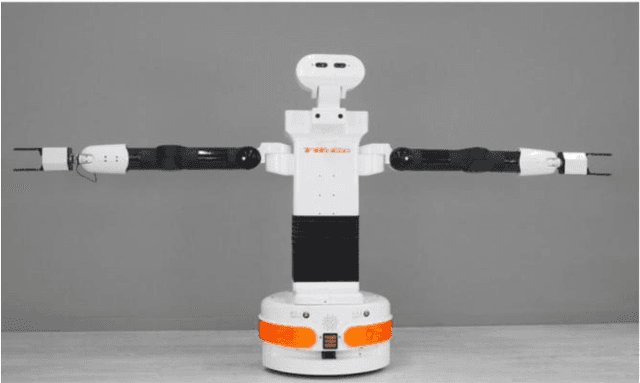
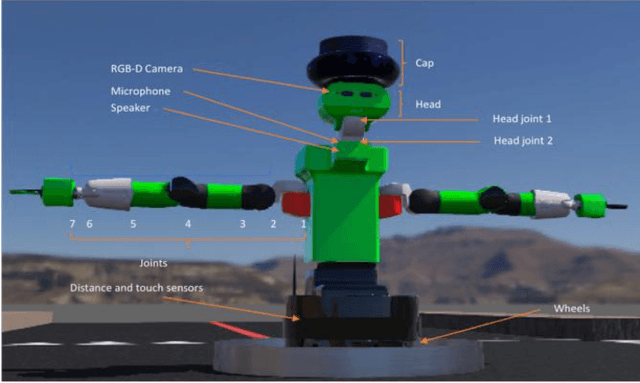
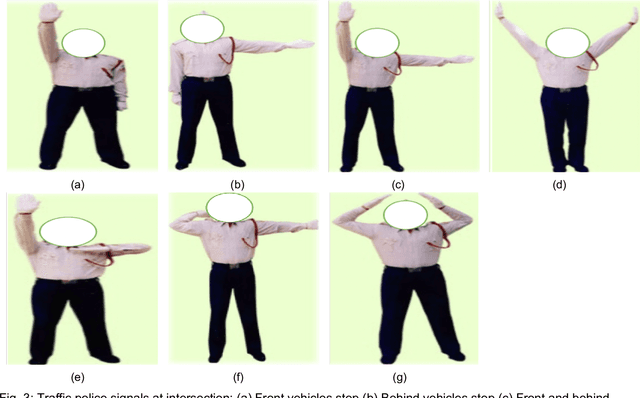
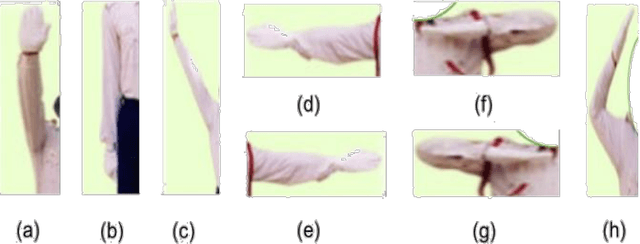
Abstract:The advancement of technology such as artificial intelligence, machine learning and internet of things it became easy to develop more humanoid robots and automate different processes. An interactive robot must have high social behavior so that it can be easily accepted by the people using it. In this study we designed a traffic police robot (TRAPROB) to automate the traffic control at intersection. The human police officer experiences high stress because of long duty hours as well as pose the risk of accidents. The digital electronic signals are automatic but we want to create a system which is more human like and looks like an officer controlling the traffic at intersection. We used Thiago++ robot in this study and modified its look to like a police officer, and then programmed it to imitate and make gestures just like traffic police officer makes gestures for controlling traffic. We evaluated the looks, gestures, functionality, and social behavior of the robot. We asked a limited sample of two participants to identify the TRAPBOT, rate its look, the social behaviors and gestures in comparison to a real life police officer. we found that people can identify the robot as traffic police robot. Our analysis also shows that TRAPBOT has appearance like a traffic robot and can make similar signal gestures as a traffic police officer.
Detection of Diabetic Anomalies in Retinal Images using Morphological Cascading Decision Tree
Jan 07, 2020
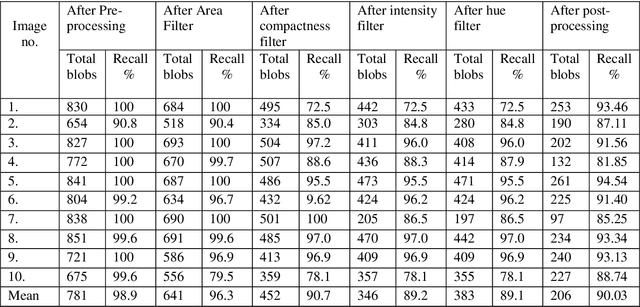
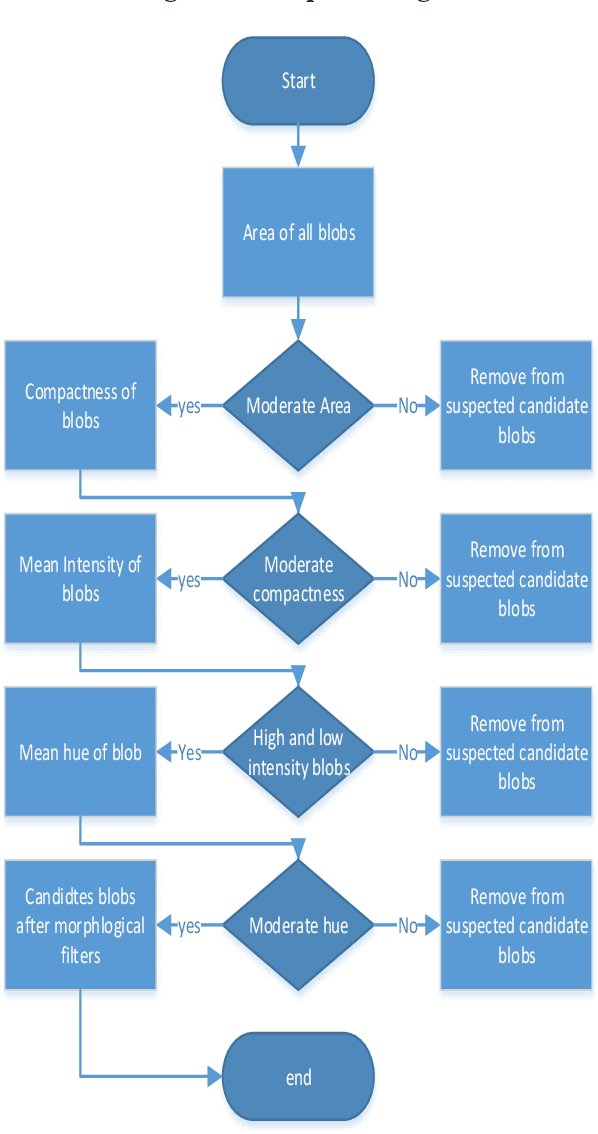
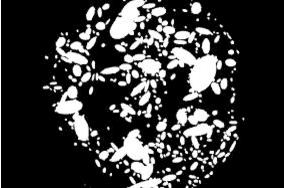
Abstract:This research aims to develop an efficient system for screening of diabetic retinopathy. Diabetic retinopathy is the major cause of blindness. Severity of diabetic retinopathy is recognized by some features, such as blood vessel area, exudates, haemorrhages and microaneurysms. To grade the disease the screening system must efficiently detect these features. In this paper we are proposing a simple and fast method for detection of diabetic retinopathy. We do pre-processing of grey-scale image and find all labelled connected components (blobs) in an image regardless of whether it is haemorrhages, exudates, vessels, optic disc or anything else. Then we apply some constraints such as compactness, area of blob, intensity and contrast for screening of candidate connectedcomponent responsible for diabetic retinopathy. We obtain our final results by doing some post processing. The results are compared with ground truths. Performance is measured by finding the recall (sensitivity). We took 10 images of dimension 500 * 752. The mean recall is 90.03%.
Facial Emotions Recognition using Convolutional Neural Net
Jan 06, 2020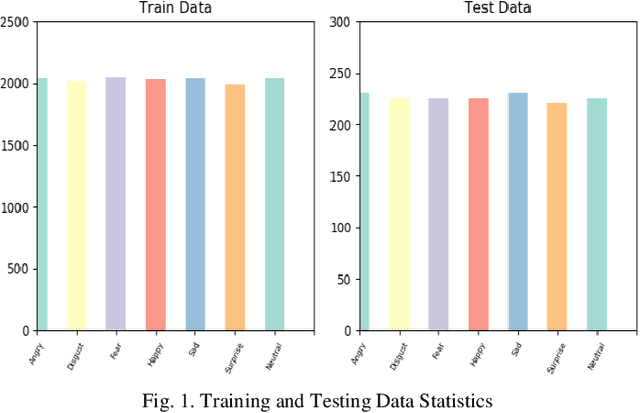
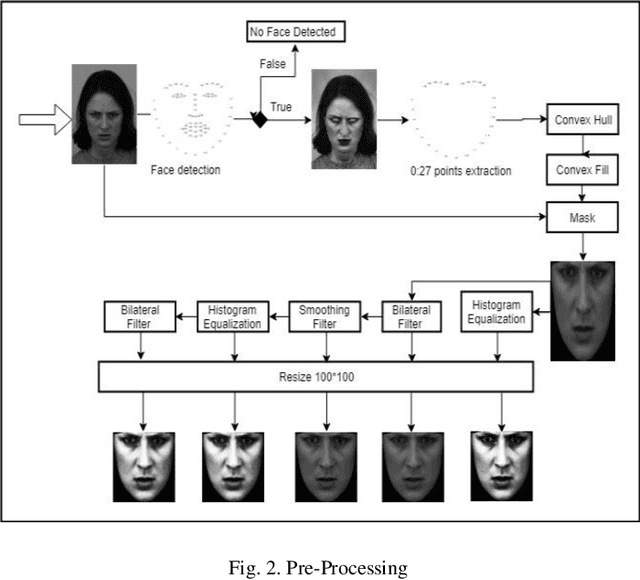
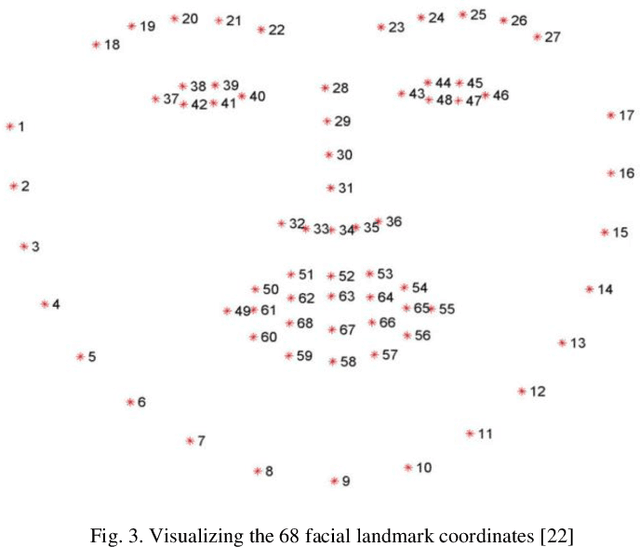
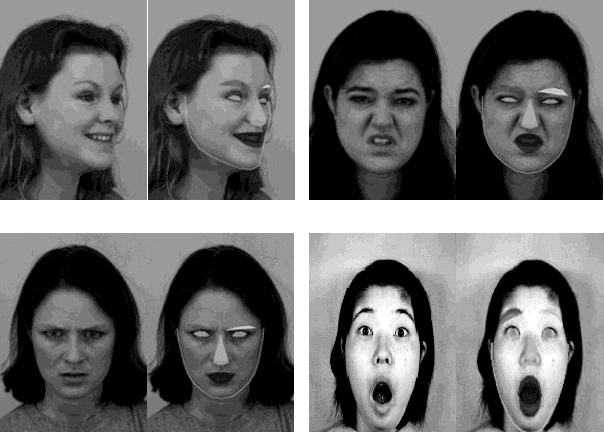
Abstract:Human beings displays their emotions using facial expressions. For human it is very easy to recognize those emotions but for computer it is very challenging. Facial expressions vary from person to person. Brightness, contrast and resolution of every random image is different. This is why recognizing facial expression is very difficult. The facial expression recognition is an active research area. In this project, we worked on recognition of seven basic human emotions. These emotions are angry, disgust, fear, happy, sad, surprise and neutral. Every image was first passed through face detection algorithm to include it in train dataset. As CNN requires large amount of data so we duplicated our data using various filter on each image. The system is trained using CNN architecture. Preprocessed images of size 80*100 is passed as input to the first layer of CNN. Three convolutional layers were used, each of which was followed by a pooling layer and then three dense layers. The dropout rate for dense layer was 20%. The model was trained by combination of two publicly available datasets JAFFED and KDEF. 90% of the data was used for training while 10% was used for testing. We achieved maximum accuracy of 78% using combined dataset.
Macromolecule Classification Based on the Amino-acid Sequence
Jan 06, 2020

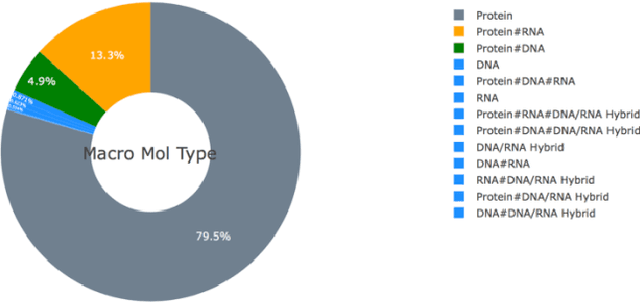
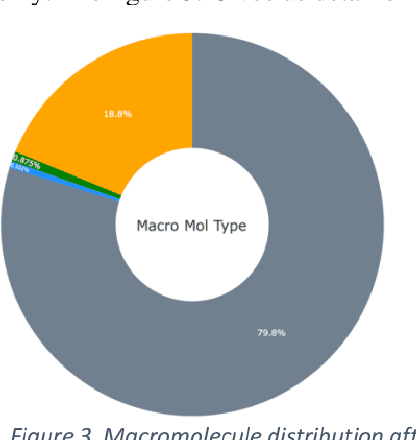
Abstract:Deep learning is playing a vital role in every field which involves data. It has emerged as a strong and efficient framework that can be applied to a broad spectrum of complex learning problems which were difficult to solve using traditional machine learning techniques in the past. In this study we focused on classification of protein sequences with deep learning techniques. The study of amino acid sequence is vital in life sciences. We used different word embedding techniques from Natural Language processing to represent the amino acid sequence as vectors. Our main goal was to classify sequences to four group of classes, that are DNA, RNA, Protein and hybrid. After several tests we have achieved almost 99% of train and test accuracy. We have experimented on CNN, LSTM, Bidirectional LSTM, and GRU.
 Add to Chrome
Add to Chrome Add to Firefox
Add to Firefox Add to Edge
Add to Edge